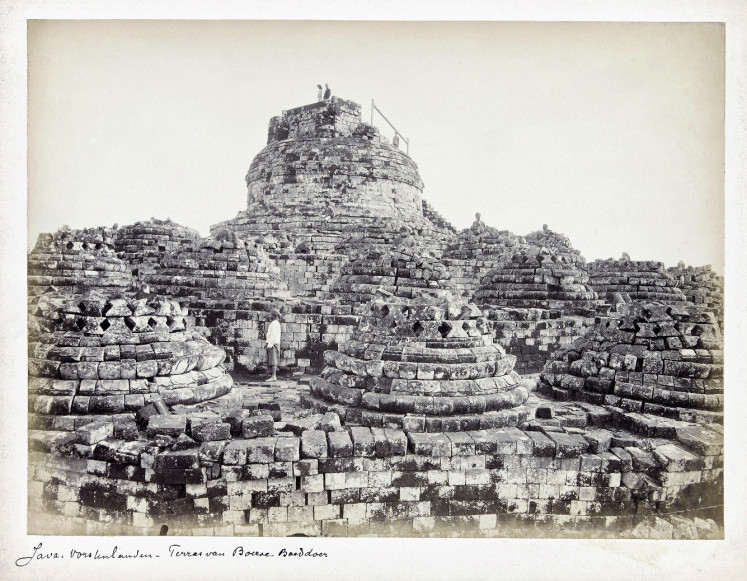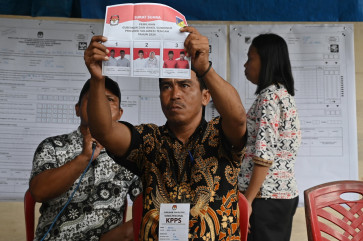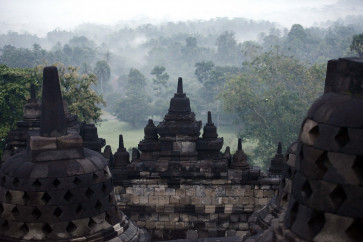Popular Reads
Top Results
Can't find what you're looking for?
View all search resultsPopular Reads
Top Results
Can't find what you're looking for?
View all search resultsUnraveling ancient secrets of Borobudur
Change text size
Gift Premium Articles
to Anyone
The Borobudur temple is an undisputed masterpiece and continues to baffle researchers with its sophisticated architecture.
Way ahead of its time, the Borobudur temple, the mammoth Buddhist monument in Central Java, was built during the reign of the Syailendra dynasty from the 8th to 9th century.
The temple was abandoned by the 10th century possibly because of the eruption of Mount Merapi around that time. This led to the Javanese ruler Mpu Sindok’s decision to move the kingdom’s capital to eastern Java.
Even though the local people were aware of Borobudur’s existence, for centuries the temple lay covered by volcanic ash and forest. It was only in the 19th century that it was “rediscovered” by Europeans.
Historic: Borobudur temple as seen before restoration. After lying hidden under layers of volcanic ash for centuries, restoration returned much of the temple to its former glory. (Rijksmuseum/-)Today, Borobudur is a World Heritage Site and was restored with the help of the United Nations Educational, Scientific and Cultural Organization (UNESCO) in the 1970s.
According to UNESCO, the vertical division of Borobudur Temple into base, body, and superstructure perfectly accords with the conception of the universe in Buddhist cosmology.
















